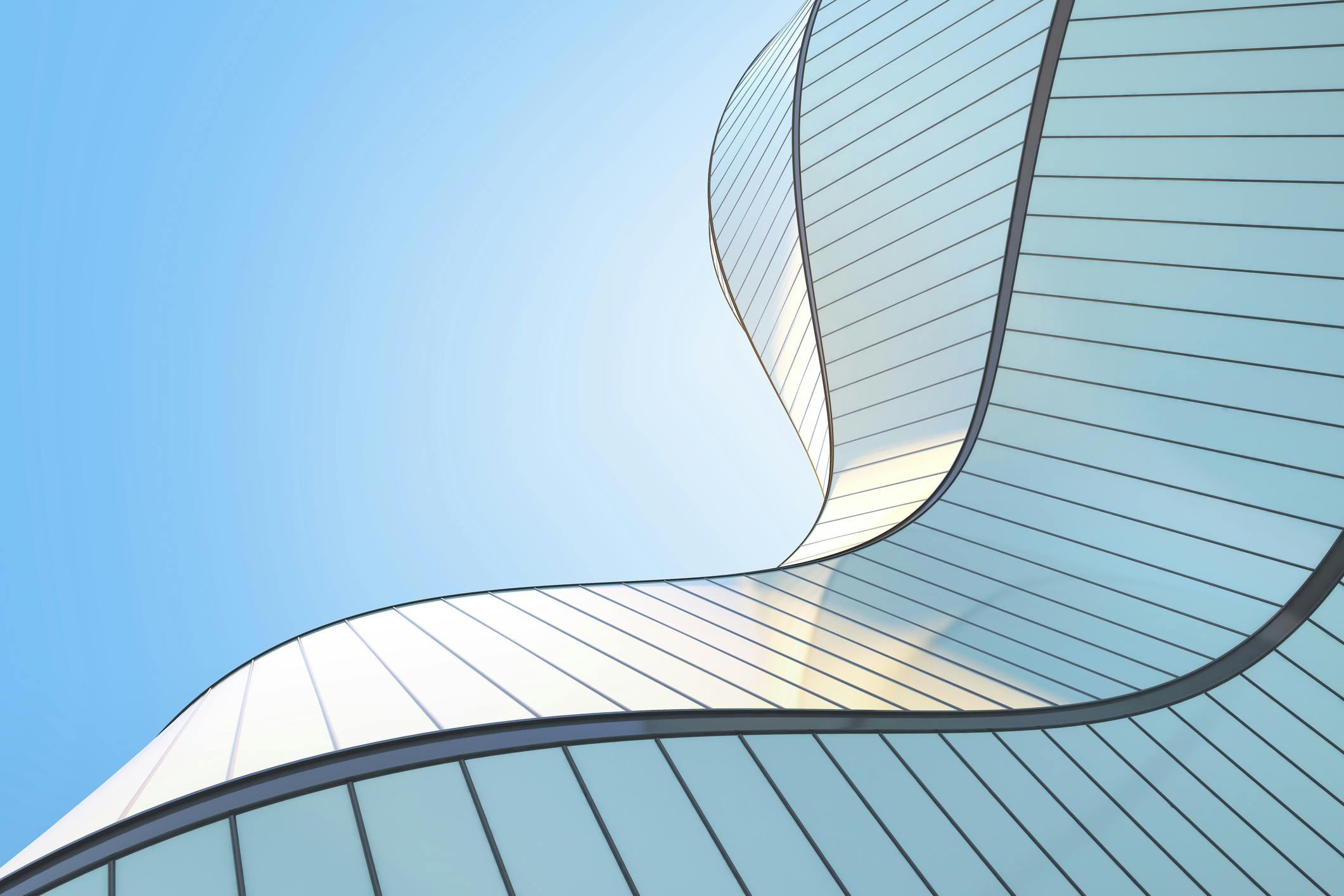
The Importance of Activating the Built Environment Through Design
By Donna HaldipurIntegrating thoughtful, aesthetically pleasing design into your commercial real estate portfolio should be at the forefront of any business strategy, rather than an afterthought. Stakeholders across the commercial real estate industry, from financiers and developers to occupants and the surrounding community, reap the rewards of well-planned, thoughtfully designed, and appropriately curated spaces. Design plays a major role in activating the built environment with benefits including increased foot traffic and community engagement in publicly activated spaces, creating memorable experiences for occupants and visitors, and long-term investment return and value of the property. Importantly, these factors lend themselves as notable talking points when promoting commercial real estate spaces to the media and wider public, further enhancing a sustained marketing and publicity program.
First Impressions
Aesthetics and design play a powerful role in shaping first impressions and initial perceptions of commercial properties. Importantly, design can function as a selling point, illustrating a building’s allure to potential tenants, investors, clients, and more, cementing the space in the minds of stakeholders. What comes to mind when you think of the world’s most iconic buildings? If at first you pictured the buildings’ exterior design, you have the answer to what should be at the top of the list of considerations in this pursuit, and a primary example of how design can further elevate a firm or building’s brand identity.
Community Connection
A building’s architecture and its publicly activated art space can also serve to create memorable experiences for individuals that occupy and engage with the space, leading to increased foot traffic, among other benefits. Further, it demonstrates how the providers of that space—in this case, landlords and developers—prioritize community engagement and cultural enrichment for the areas they occupy, communicating the value of connection among the community. This connection between commercial real estate providers and the community has a profound ripple effect often resulting in long-term community support of the building’s success, its consumer-facing occupants, and its outcomes.
Economic Impact
Design provides more than aesthetically pleasing outcomes – it contributes to the overall economic value of a landlord’s investment and can serve as a distinguishing characteristic of a space. Buildings designed with sustainability and technology at the forefront, for example, attract socially conscious tenants and occupants who increasingly value these features. Notably, studies have shown that biophilic design in offices, which incorporates elements of the natural environment indoors, can have positive effects on occupants’ creativity, focus, and can promote workers’ well-being, further elevating positive economic outcomes and success.
Prioritizing aesthetics and design in commercial real estate spaces benefit all who engage with a building and its surrounding space with advantages such as increased community engagement, foot traffic, ROI, and serving to cement brand identity, ultimately enhancing the value and appeal of commercial real estate spaces. Importantly, these factors can serve as additional highlights to be leveraged when promoting commercial real estate spaces via a strategic and sustained marketing and public relations program.